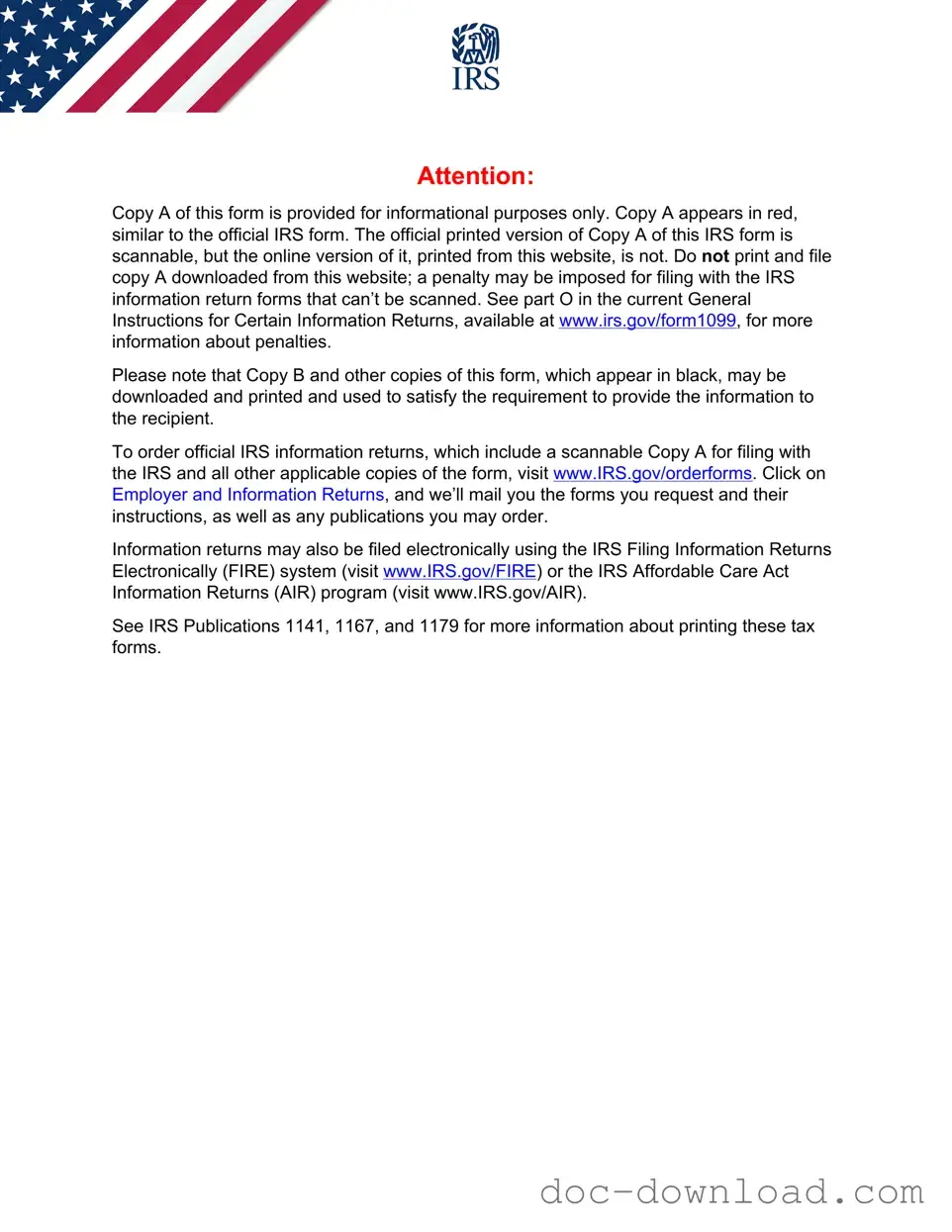The 1099-MISC form is often compared to the 1099-NEC because both are used to report various types of income that are not classified as wages. The 1099-MISC was traditionally the go-to form for reporting nonemployee compensation until the IRS reintroduced the 1099-NEC in 2020 specifically for that purpose. While the 1099-MISC covers a broader range of payments, such as rents, prizes, and awards, the 1099-NEC focuses solely on nonemployee compensation, making it clearer for both payers and recipients.
The W-2 form is another important document, but it serves a different purpose. While the 1099-NEC reports payments made to independent contractors and freelancers, the W-2 is used for reporting wages paid to employees. Employers withhold taxes from W-2 wages, whereas the 1099-NEC does not involve tax withholding unless backup withholding applies. This distinction is crucial for tax filing, as employees and independent contractors have different obligations and rights.
The 1099-K form is similar in that it reports income, but it specifically pertains to payments made via third-party networks, such as credit card transactions or online payment platforms. Businesses that process more than $20,000 in payments and have over 200 transactions in a calendar year receive a 1099-K. This form helps track income from sales and services, but it does not differentiate between employee and nonemployee income like the 1099-NEC does.
The 1099-INT form is used to report interest income, which is another type of income that individuals may receive. Banks and financial institutions issue this form to account holders who earn more than $10 in interest during the year. While the 1099-NEC focuses on compensation for services rendered, the 1099-INT is solely concerned with interest earned, highlighting the different sources of income that individuals may need to report on their tax returns.
Understanding the various tax forms is essential for accurate financial reporting. Among these, the Georgia SOP form plays a significant role in real estate transactions, ensuring that buyers and sellers are well-informed about the property in question. For those needing to manage associated documentation, resources such as Georgia PDF Forms can provide crucial assistance in navigating the complexities of property-related paperwork.
The 1099-DIV form is used to report dividends and distributions from investments. Similar to the 1099-INT, it serves as a record of income received, but it specifically targets shareholders. Investors who receive dividends must report this income on their tax returns, making the 1099-DIV essential for anyone earning income from stocks or mutual funds. Unlike the 1099-NEC, it does not relate to services performed.
The 1099-R form reports distributions from retirement plans, pensions, or IRAs. Individuals who withdraw funds from these accounts receive this form, which helps track retirement income. This form is crucial for retirees or those taking early distributions, as it has specific tax implications. The 1099-R is distinct from the 1099-NEC, as it deals with retirement-related income rather than compensation for services.
The 1099-C form is issued when a debt is canceled or forgiven. This can occur in situations like foreclosure or debt settlement. The amount forgiven is considered taxable income, and the 1099-C helps the IRS track these amounts. While both the 1099-NEC and 1099-C report income, the nature of that income differs significantly, with one focusing on compensation and the other on forgiven debt.
Finally, the 1099-S form reports proceeds from real estate transactions. This form is essential for anyone selling property, as it helps document the income received from the sale. Like the 1099-NEC, it is used to report income, but it specifically pertains to real estate, making it a unique addition to the 1099 family of forms. Each of these forms serves a specific purpose, ensuring that all types of income are accurately reported to the IRS.






 CORRECTED (if checked)
CORRECTED (if checked)
